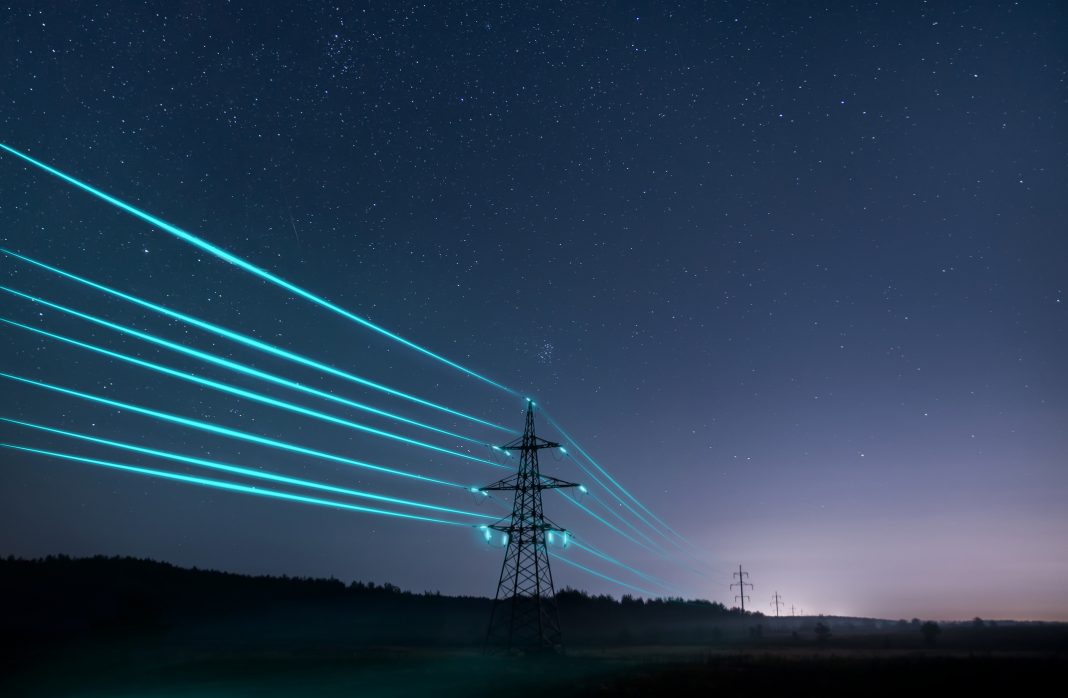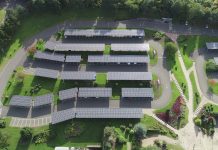Kadri Simson, EU Commissioner for Energy, explains why 2022 was a year unlike any other for EU energy policy
Last year was an extraordinarily difficult one. In 2022 climate change left its strong mark all over the globe. People faced wildfires, droughts and floods, and many new records were set in terms of the impact of global warming on the planet. At the same time, we faced a truly global energy crisis, which posed many challenges we had not seen before. It was driven primarily by Russia’s unprovoked invasion of Ukraine and its deliberate attempt to turn energy into a political weapon, forcing the EU energy policy to adapt.
Although 2022 was particularly challenging for EU energy policy, it also highlighted that we had already been on the right path to building a resilient, independent and clean energy system of the future. In 2019, the Commission presented the European Green Deal, a strategy to respond to the climate and energy challenge. Our aim is and remains to transform the EU into a resource-efficient and more competitive economy while reaching climate neutrality by 2050.
What is the ‘fit for 55’ package
With the ‘Fit for 55’ package of proposals in 2021, the Commission tabled a concrete plan for delivering on these objectives. Three initiatives of this major regulatory package – the Energy Efficiency Directive, the Energy Performance of Buildings Directive and the Renewable Energy Directive set the milestones to achieve structural, long-lasting changes across different sectors by the end of this decade. By our estimates, the full implementation of these EU energy policy proposals would already lower our gas consumption by 30% by 2030. More than one-third of this would come from meeting the Union’s energy efficiency targets.
The current energy crisis and high inflation have made the need to create a greener Europe that is independent of fossil fuels even more urgent. Throughout 2022, the Commission and the EU Member States showed unity in enhancing our security of supply and developing strong safeguards on the supply side.
Be more efficient, waste less energy
Being more efficient and wasting less energy is, however, equally important. There are limits to how much energy we can import or generate in a sustainable way. Reducing unnecessary consumption remains an intelligent way to limit our exposure to external dependencies, on top of having a positive impact on European wallets, productivity and the climate. This is also crucial in the context of tight global energy markets, where lower European demand can ease the situation for others.
Energy efficiency is key in this regard and a precondition for a cost-effective decarbonisation of our economy. One of the guiding regulatory principles here is the mandatory application of the “Energy Efficiency First Principle”. This principle calls for taking energy efficiency measures wherever it is cost-efficient. Using less energy should always be the first option we consider.
One of the key areas to be transformed in this respect is the buildings sector. In Europe, buildings are the single largest energy consumer, responsible for 40% of our energy use and about 53% of the natural gas consumption (out of which 35% is direct consumption). Looking at Europe as a unique building stock, the vast majority of the buildings, 85%, were built before 2010. These buildings are here to stay, but 75% have a poor energy performance.
Every year around 11% of all buildings undergoes some sort of renovation, but only a fraction ends up improving their energy performance. Consequently, the Renovation Wave Strategy the Commission adopted in 2020 calls for increasing the rate and depth of renovations significantly. The Energy Performance of Buildings Directive, currently under revision, is key in reducing the EU’s dependency on gas, by acting both, on improving energy efficiency and installing renewable energy sources in buildings.
Reduce dependence on fossil fuels imports
One of the Commission’s energy-policy responses to Russia’s aggression was the REPowerEU plan – aimed at reducing our dependence on imports of fossil fuels. This centres around three pillars – accelerating the rollout of renewables, increasing investment in energy efficiency, and diversifying our energy supplies and suppliers. Since switching to renewable sources and improving energy efficiency will make our energy supply more secure and affordable, much of the REPowerEU plan in these areas entailed upgrading still further the Union’s renewables and energy efficiency targets for 2030.
There are already some very encouraging signs for the EU energy policy, however. The year 2022 was a record year for solar energy in the EU, with 41 GW of new capacity installed. As of 2022, 38% of our electricity already comes from renewables.
Renewables in the energy mix
Nevertheless, we must strive for a higher share of renewables in the energy mix, addressing some of the bottlenecks that are hindering investment. To improve the situation, the Commission has proposed a comprehensive overhaul of the permitting system, redefining renewables projects as being in the overriding public interest, creating ‘go-to areas’ where environmental risks are lower and permitting can be faster, and streamlining the processes overall.
Among other things, the REPowerEU plan aims to double solar photovoltaic (PV) capacity by 2025 and install 600 GW by 2030 and calls on EU Member States to prepare the floor for rooftop solar energy on new buildings from 2026.
To build a strong and competitive solar sector and scale up solar PV manufacturing of innovative solar PVs within the EU, the Commission launched the European Solar PV Industry Alliance in December 2022. Boosting domestic manufacturing capacity will be key for the EU to reach the REPowerEU objectives. Reaching our lofty goals would deliver €60 billion of new GDP per year in Europe and the creation of more than 400,000 new jobs.
The net-zero technology sector
Europe is determined to invest and take the lead in the fast-growing net-zero technology sector. To further stimulate the production and demand for net-zero products, the Commission on 1st February 2023 presented its Green Deal Industrial Plan for the Net-Zero Age. It is based on four pillars, namely a predictable and simplified regulatory environment, faster access to sufficient funding, skills, and open trade for resilient supply chains.
Europe’s resilience & determination
While 2022 will be remembered for Russia’s invasion of Ukraine and the energy crisis, we should continue working hard so that 2023 will be remembered for the resilience and determination of the EU energy policy. Moreover, we must not forget that energy security and climate action are mutually reinforcing. To succeed, strengthened European cooperation among Member States, companies across sectors and our reliable partners is essential.











